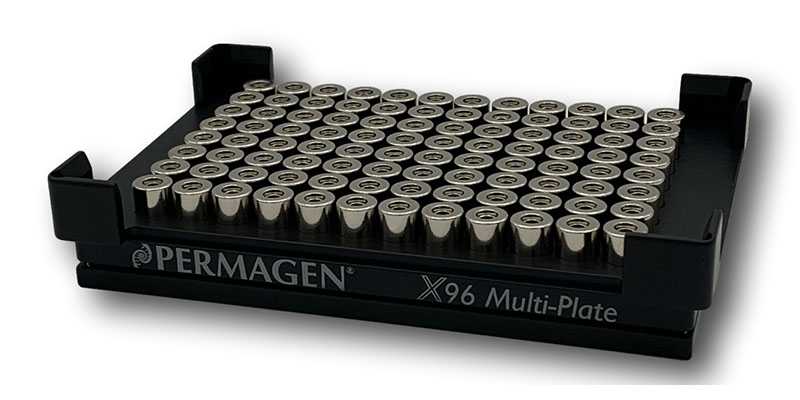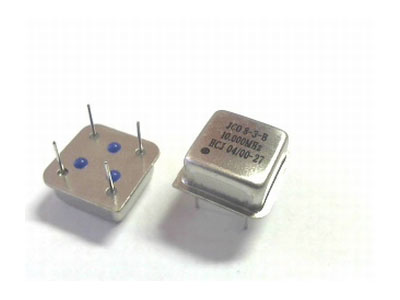How to Solve the Heat Dissipation Challenges After Magnetic Integration
As the magnetic components industry accelerates towards high-density integration, magnetic integration has emerged as a pivotal trend. By embedding multiple magnetic elements into a compact structure, it significantly reduces the overall device footprint. However, a crucial side effect has begun to surface—heat dissipation challenges, especially related to wire materials (insulated conductors) within the integrated magnetic components. This article delves into the fundamental causes, manifestations, and proven strategies for overcoming the thermal obstacles of magnetic integration, supported by real-world insights from wire manufacturers.

Four Core Causes of Heat Dissipation Issues in Magnetic Integration
Magnetic integration improves performance and efficiency but introduces concentrated thermal dynamics. Whether in discrete or integrated magnetic devices, magnetic hysteresis and eddy current losses inevitably translate into heat. Once the components are magnetically integrated, their reduced spatial volume leads to localized heating—creating a new class of thermal management problems. The following are the principal contributors:
1. Concentrated Heat Generation
With multiple magnetic cores housed in a condensed enclosure, thermal energy becomes densely packed. The wire, as the primary conduit of electrical current, endures both Joule heating and eddy current heating. However, confined space and minimal airflow obstruct effective thermal diffusion via conventional cooling methods like heat sinks or ambient dissipation. As a result, temperature rise accelerates, often beyond safe operational thresholds.
2. Elevated Eddy Current Losses
In high-frequency environments, eddy currents in conductors intensify due to rapidly changing magnetic fields. Post-integration, magnetic flux paths become more intertwined, increasing complexity in field distribution. This augments eddy current losses, further elevating conductor temperatures.
3. Skin and Proximity Effects
At elevated frequencies, the skin effect causes electrical current to migrate toward the outer surface of the conductor, effectively reducing the current-carrying cross-section. Simultaneously, the proximity effect—especially in multi-stranded or twisted conductors—generates uneven current distribution among strands, increasing resistive heating. These electromagnetic phenomena combine to exacerbate the thermal profile within the integrated assembly.
4. Thermal Resistance of Insulating Materials
Although essential for electrical insulation, materials like the enamel coating on magnet wires also act as thermal insulators. Their inherent thermal resistance impedes efficient heat transfer from the wire core to the environment. The thicker the insulation, the higher the thermal bottleneck, making rapid heat evacuation more difficult.
Manifestations of Thermal Challenges and Case Analyses
These thermal issues manifest across a spectrum of applications—most notably in electric vehicle systems, charging infrastructure, and energy storage power modules. The following observations and field cases highlight the severity of the problem:
Excessive Temperature Rise
Magnetically integrated windings tend to run significantly hotter than their discrete counterparts. For instance, in onboard chargers (OBCs) used in electric vehicles, the line temperatures in magnetically integrated inductors and transformers can exceed 80°C, outpacing traditional setups by a wide margin.
Localized Hot Spots
Complex magnetic flux geometries lead to irregular heat distribution. Consequently, thermal accumulation at specific junctions forms hot spots. These micro-hot zones can damage insulation, cause partial wire melting, or even lead to total failure of the magnetic component.
Accelerated Thermal Aging
Persistent exposure to high heat catalyzes the degradation of insulation materials. Over time, this thermal stress diminishes dielectric strength and mechanical resilience, undermining long-term product reliability and reducing service lifespan.
Increased Cooling Complexity
To counteract concentrated heating, magnetic integration demands enhanced thermal designs. These include heat sinks, thermally conductive adhesives, forced-air cooling, or even liquid cooling loops. Each addition compounds the cost, weight, and engineering complexity of the final product.
Case Studies:
EV Onboard Charger (OBC):
A renowned automotive supplier discovered that the winding temperature in PFC (Power Factor Correction) inductors and LLC transformers surged 20–30% after integrating magnetic components. By switching to Litz wire and optimizing winding topology, they managed to reduce temperature rise by 10–15%. Yet, residual thermal stress remains a challenge.Charging Module Power Supply:
In high-power charging modules, traditional enameled wire pushed operational temperatures beyond 90°C. Replacing them with high-temperature-resistant polyamide-imide (PAI) wires helped cap the temperature at 75°C, significantly improving reliability.Energy Storage Power Module:
A storage system manufacturer found eddy current losses accounting for over 30% of total winding losses post-integration. Transitioning to micro-stranded twisted conductors cut eddy losses by 20% and trimmed the overall temperature by 8–10%.
Effective Solutions to Overcome Heat Dissipation Barriers
Combatting heat issues in magnetically integrated windings demands a multi-faceted approach—spanning materials science, design methodology, and thermal engineering. The following measures have shown tangible benefits:
Enhance Thermal Tolerance of Wire Materials
Utilize high-temperature-rated wire insulation that can endure prolonged thermal stress without compromising flexibility. A pliable yet thermally robust conductor facilitates tighter winding layouts and improved magnetic core contact, both of which enhance thermal transfer.
Employ Micro-Stranded Twisting Technology
To mitigate the skin effect and improve pliability, micro-stranding individual filaments into ultra-fine twisted bundles is effective. This configuration reduces circulating eddy currents and improves the uniformity of heat distribution along the wire.
Refine Litz Wire Design
Optimizing Litz wire goes beyond strand count. Choosing finer diameters and adjusting bundling configurations can suppress proximity effects while maintaining desired current capacity. This leads to reduced localized heating and a more manageable thermal footprint.
Adopt Layered Winding and Thermal Pathways
Engineers can deploy layered winding techniques to minimize inter-wire interference. Strategic layering reduces magnetic coupling among strands and allows for the insertion of dedicated thermal channels. By integrating air ducts, thermally conductive potting compounds, or even microfluidic cooling circuits, heat can be actively guided away from the core.
Conclusion
While magnetic integration propels the miniaturization and efficiency of power systems, it simultaneously raises the bar for thermal management. The convergence of skin effect, eddy losses, and insulation heat trapping makes heat dissipation a formidable hurdle. However, by embracing advanced materials, innovating conductor architecture, and refining winding techniques, engineers can tame the thermal complexities of magnetic integration. The path forward lies in balancing compactness with conductivity, and performance with protection.
Shenzhen Gaorunxin Technology Co., Ltd



